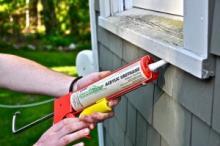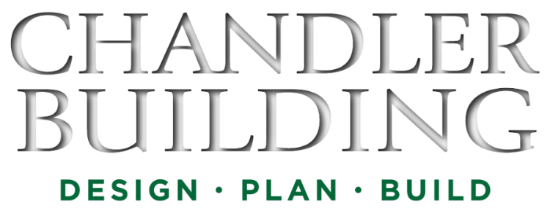
Sometime during your crusade to seal those energy robbing cracks and holes in your home, you're bound to start asking yourself, "Isn't air flow important for a healthy home? Can I take this whole thing to the extreme?"
The answer is yes, and probably not.
While it's true that air flow prevents pollutants like dust and mold from reaching unhealthy levels, a leaky home provides no assurance that indoor air pollutants are properly eradicated: during periods of calm weather with no wind, for example, air can sit stagnant in a leaky home for days. On the other hand, during a windy day in the winter, a leaky home effectually needs to be re-heated from scratch every few hours, which is a waste of both energy and money. So the best way to ensure that a home is both healthy, safe, and energy efficient is to air seal the home as well as possible, and to pair air sealing efforts with increased mechanical ventilation to make sure that air cycles in and out of the house at a healthy and consistent rate.
That said, if you happen to live in an old, leaky home, and aren't ready to install a whole house ventilation system or heat-exchange ventilation system (which captures the heat from outgoing air and transfers it to incoming air to minimize heat loss during the heating season, and vice versa during the cooling system), the truth is that your home probably has a long way to go before its tightness is in any way a health hazard.
Ventilation standards like ASHRAE 62.2 are largely designed for newer, very energy efficient buildings that have very little air leakage. Chances are, even after significant air sealing efforts, an older, leakier home will have enough natural ventilation (which we recommend supplementing with basic mechanical ventilation systems like bathroom fans and range hoods for those stagnant, windless days) to keep the air in your home healthy. The EPA recommends a rate of .35 ACH (natural air changes per hour — that is, just over 1/3 of the air in your home being replaced every hour; or 3 hours for a full air change) for healthy indoor air quality. The average home has a much higher rate of natural air infiltration than this.
The best thing you can do as a homeowner to ensure that your home is as energy efficient and as healthy as possible is to talk to your home energy assessor about where you should focus your home improvement efforts. But as a basic premise, as the mantra goes, "seal tight, and ventilate right."
